7 First Nation Facts You Should Know
Here are seven First Nation facts plus one fun fact to add to your storehouse of knowledge. 1) Number of Nations There are over 634 recognized First...
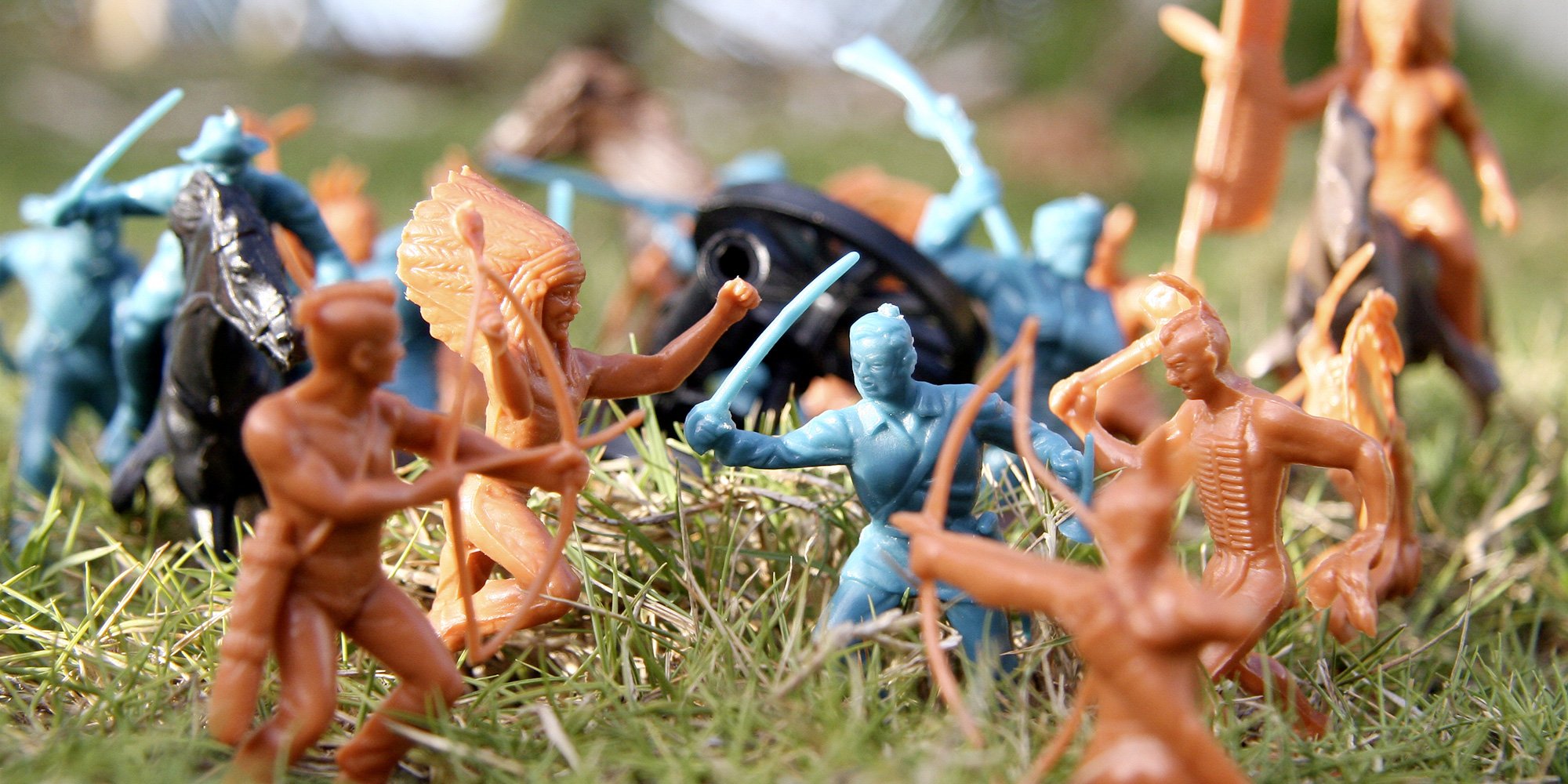
What are iconic images to some are considered stereotypical, generic, ignorant and insulting to others. When it comes to the masses, stereotypical First Nation cultural images continue to do a great disservice to the cultural diversity of Indigenous Peoples.
Historians grouped First Nations into six groups based on their traditional geographical area:
Woodland First Nations lived in dense boreal forest in the eastern part of the country;
Iroquoian First Nations, who inhabited the southernmost area, a fertile land suitable for planting corn, beans and squash;
Plains First Nations, who lived on the grasslands of the Prairies;
Plateau First Nations, whose geography ranged from semi-desert conditions in the south to high mountains and dense forest in the north;
Pacific Coast First Nations, who had access to abundant salmon and shellfish and the gigantic red cedar for building huge houses; and the
First Nations of the Mackenzie and Yukon River Basins, whose harsh environment consisted of dark forests, barren lands and the swampy terrain known as muskeg. [1]
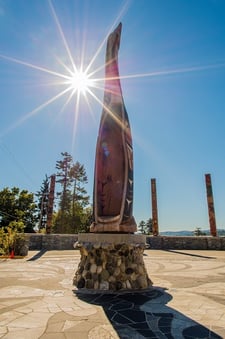
As you can see from the groupings, the Woodland First Nations would have dressed, eaten and lived differently from the Plateau First Nations. Ditto the Iroquoian First Nations had a completely different lifestyle from the Pacific Coast First Nations. Yet totem poles, teepees, and feathered headdresses seem to be recognized as representative of First Nation culture which gives the impression that all First Nations are one homogeneous culture.
Let’s look at totem poles. Not all First Nations in Canada carved totem poles - this is traditionally a Pacific Coast First Nation tradition but not all Pacific Coast First Nations erected totem poles. Yet, totem poles have become an almost universal symbol of First Nations people. I like it because I come from a totem pole community.
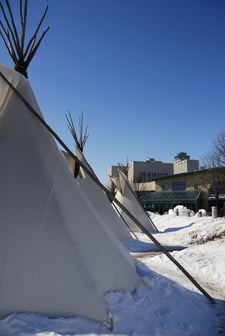
Not all First Nations lived in tipis (teepee) - the Pacific Coast First Nations lived in established villages in the winter months but dispersed to fishing or harvesting camps in the summer months. The First Nations of the Woodland, Plains and Mackenzie and Yukon River Basins had a migratory pattern (within their traditional territory) that mirrored seasonal movements of the herds of animals they hunted so their homes had to be easily moved or readily assembled by materials at hand - the tipi. The Interior Salish (First Nations of the Plateau) dug pit homes for the winter months but used tipis in the summer months.
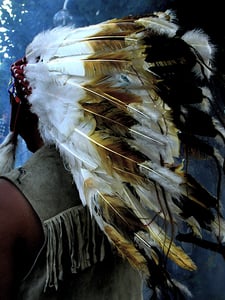
Headdresses (war bonnets) - another cultural cliche, and one that gets a lot of attention at Hallowe’en and during music festivals. War bonnets were traditionally worn by men of the Plains First Nations who had earned great respect. Current Assembly of First Nation (AFN) National Chief Perry Bellegarde is often photographed wearing a headdress. "Chief Bellegarde has been honoured with the bestowing of two Eagle feather headdresses in recognition of his service to First Nations peoples as both an elected leader and one who has consistently participated in traditional ceremonies." [2] You would never see a chief, such as hereditary Chief Robert Joseph, from the Pacific Coast First Nations wearing a feathered headdress because it is not his culture.
Culture, housing, food, clothing, transportation, etc of each First Nation were influenced by their environment and available resources. There is a vast, fascinating and enriching history of First Nations to learn and so many accessible research resources available it’s a bit of a mystery as to why the age-old stereotypical imagery of totems, tipis and feathered headdresses continues to thrive.
[1] Aboriginal Affairs and Northern Development Canada website
[2] Perry Bellegarde - A History of Leadership website
Featured photo: Unsplash
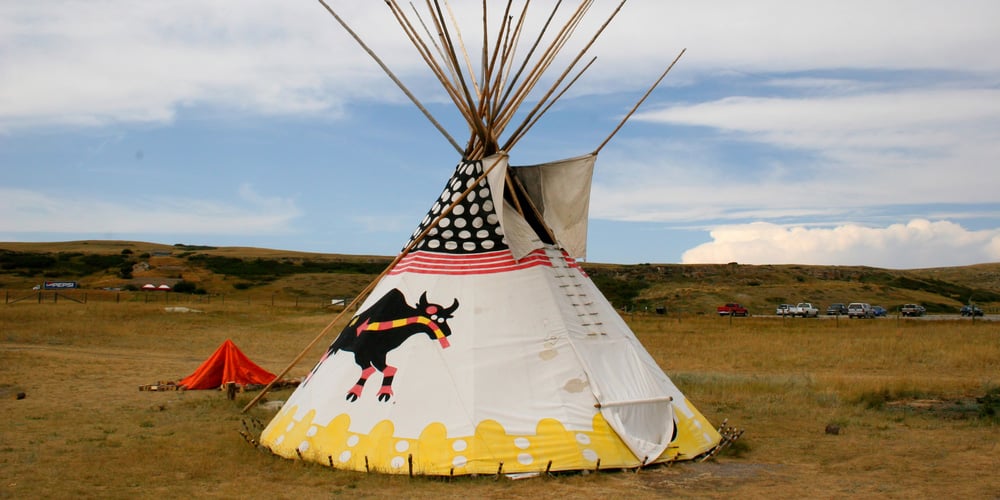
Here are seven First Nation facts plus one fun fact to add to your storehouse of knowledge. 1) Number of Nations There are over 634 recognized First...
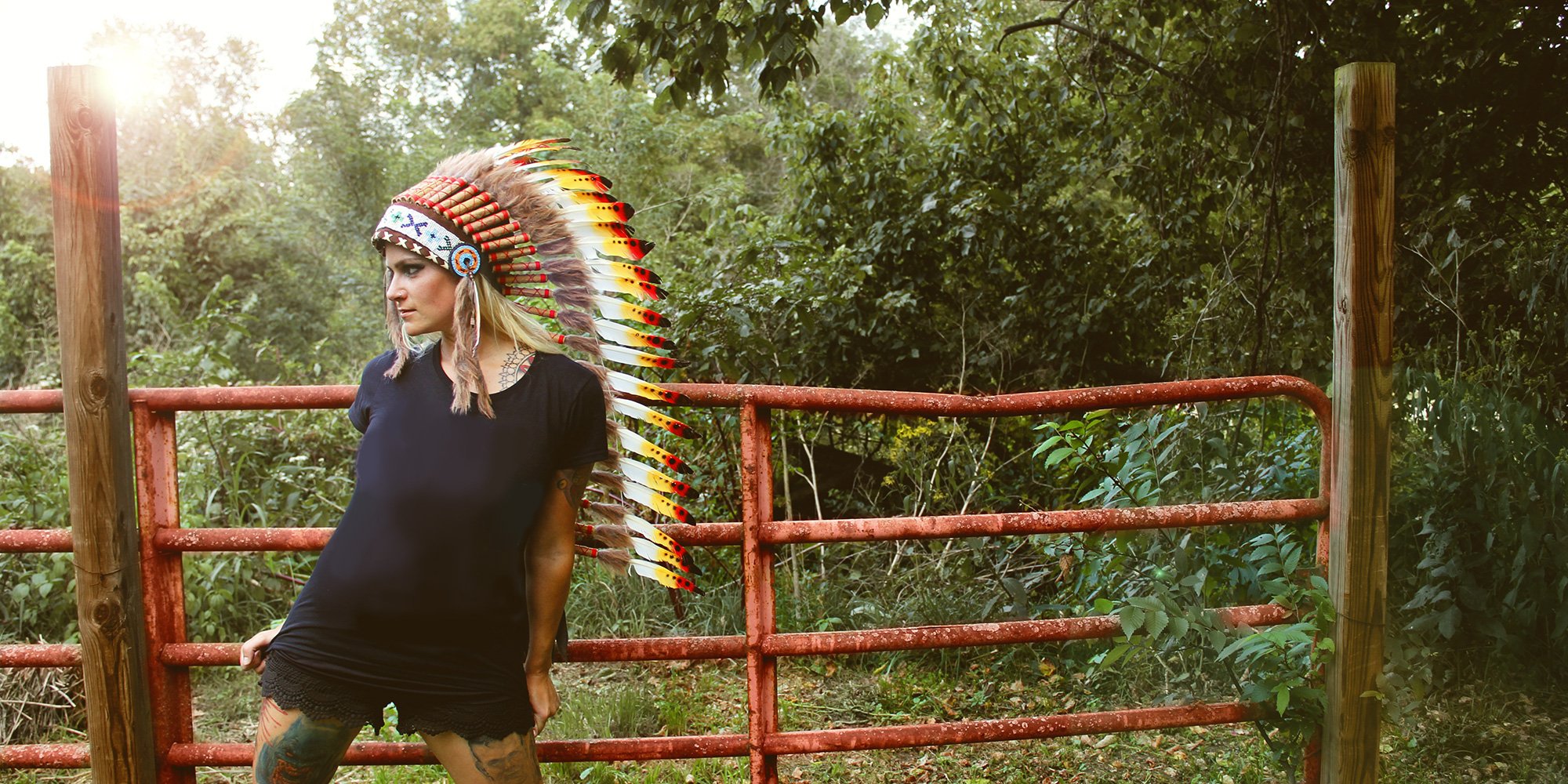
Randomly plucking “popularized” images of a marginalized culture for entertainment or profit without respect for or an understanding of the culture...
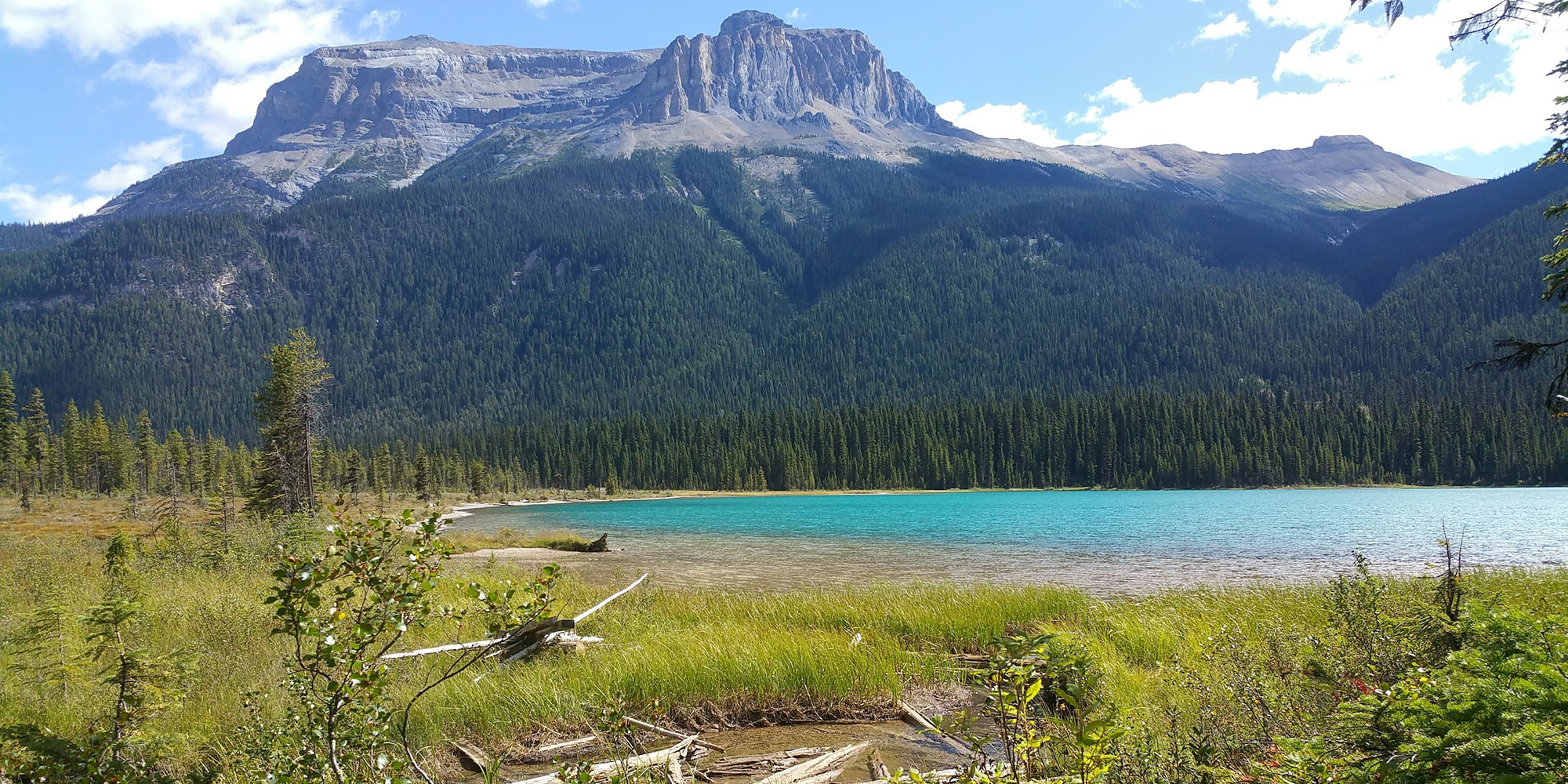
1 min read
An Exploration of Ktunaxa Creation Stories By Tanya Laing Gahr This video was created as part of a thesis project for a master’s degree in...